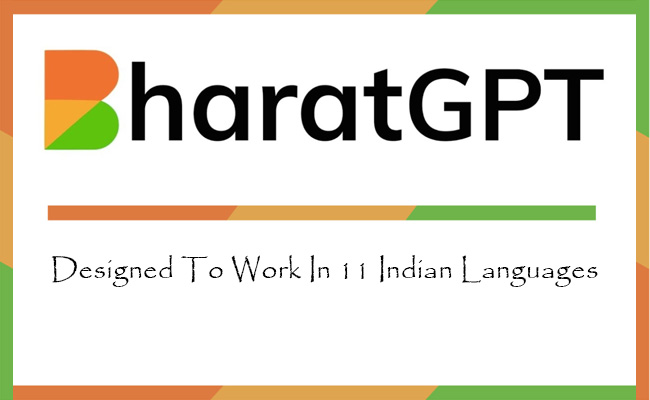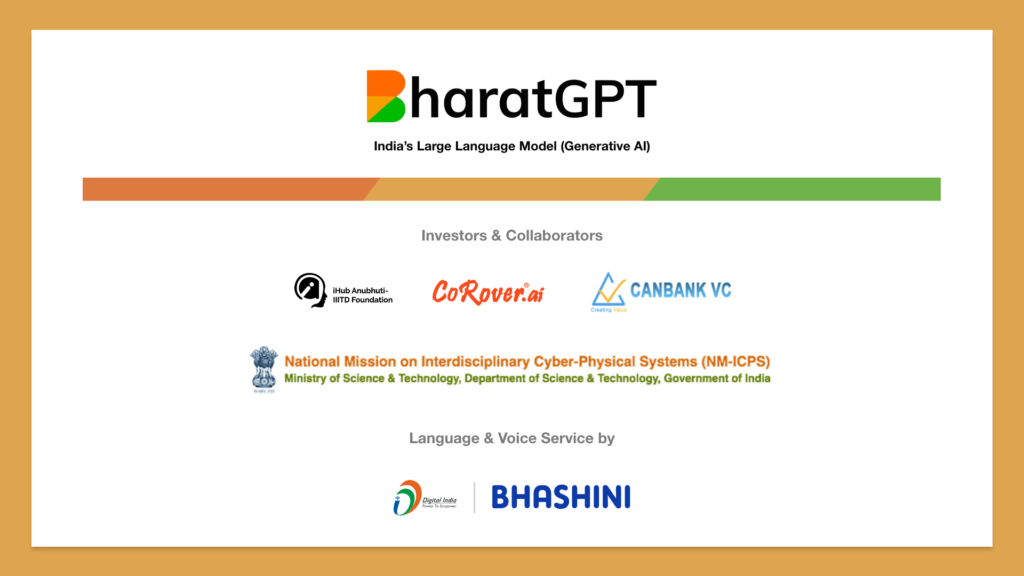BharatGPT is positioning itself as a leader in the development of Indic Large Language Models (LLMs), aiming to create foundational models from scratch to address the specific linguistic and cultural nuances of the Indian subcontinent. In a conversation with AIM, Ganesh Ramakrishnan, the professor at IIT Bombay leading the BharatGPT initiative, emphasized the need for foundational models for Indic languages, stating that building such models from the ground up is a key focus for the project.
While other recent Indic language models have been built on top of models from Meta or Mistral, BharatGPT is taking a different approach, intending to develop comprehensive and specialized models for various verticals, including banking, healthcare, and farming. The initiative recognizes the importance of open source and has been sharing its work on platforms like Decile, allowing developers to access and contribute to the project. Ramakrishnan stressed the importance of creating a working full-stack solution for India, addressing specific challenges across different sectors.
Vishnu Vardhan, the founder of Vizzhy and associated with BharatGPT, highlighted the initiative’s commitment to making generative AI accessible to everyone. The first model developed by BharatGPT will be open source, with plans to release more versions based on community feedback and contributions. Vardhan emphasized that English models, such as Llama and Mistral, might not effectively address the complexities of Indian languages due to significant differences in grammatical structures.

BharatGPT is not limiting its efforts to text-based models; the team is also working on video and speech models, with plans to release them soon after the launch of the initial text-based foundational model. The initiative is aware of the significant computational requirements for training such models and is looking to acquire additional GPUs to continue its research. The team is also exploring the possibility of establishing an AI lab at IIT Bombay for training models and fostering collaboration among developers.
India has become a notable contributor to open source projects, with a growing community of developers. According to GitHub, India is the second-largest contributor to AI projects globally, following the United States. Despite the advancements made by Meta with its Llama 3 model, BharatGPT envisions becoming the open source foundational model for Indic language models. The initiative aligns with the broader trend of AI development and research gaining momentum in India, with academic and private partnerships playing a crucial role in driving innovation.
While the AI landscape is competitive, BharatGPT aims to establish itself as a leader in generative AI for Indic languages, contributing to the growth of original research and strengthening the Indian AI ecosystem. The initiative recognizes the need for ethical data gathering and emphasizes the importance of partnerships to achieve its ambitious goals. As the demand for specialized AI solutions in India rises, BharatGPT’s comprehensive and open source approach positions it as a significant player in the Indic language model development space.









